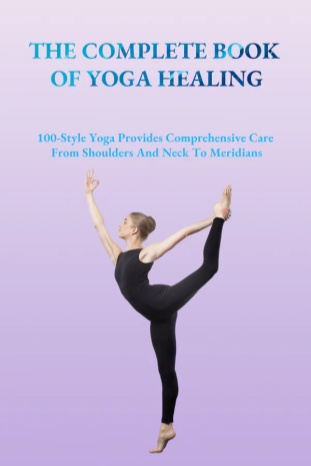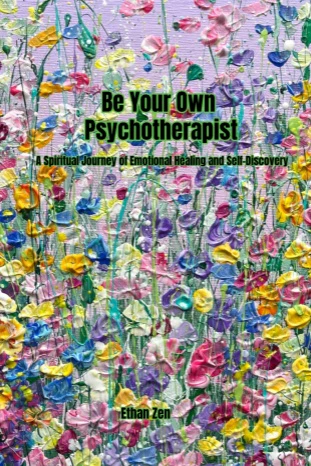Benefits and Considerations of Meditation
Pros and Cons of Meditation
Meditation offers many mental and physical benefits:
- For those with physical limitations, meditation can be easier to practice than intense physical exercise for stress relief. Additionally, it requires no special equipment.
- Unlike seeking help from a professional, meditation is free.
- Unlike certain medications and herbal treatments, meditation has almost no potential side effects.
- Meditation is always available and can be practiced anytime, anywhere.
- It is effective for both short-term stress relief and long-term health. The benefits of meditation can be felt even after just one session.
While meditation is a great tool for many, there are a few things to keep in mind before starting the practice:
- Making meditation a regular habit requires discipline and commitment. Some people find it harder to maintain a habit compared to seeking external motivation or help from others. If you’re one of these people, joining a meditation group might be the perfect solution.
- Some may find it difficult to free their minds from daily thoughts. This can be more challenging than focusing on these events through journaling or other distraction techniques.
- Some individuals may have mental or physical health conditions that make it uncomfortable to meditate while seated. In this case, try active forms of meditation, such as running or yoga.
Some studies suggest that meditation might be harmful to those who have experienced trauma or other serious mental health conditions. In such cases, other mind-body therapies (such as somatic therapy) might be a better option.
An experienced teacher can be helpful, but they are not absolutely necessary. In the end, if you can focus on your breath, the present moment, or any single thought for a period of time, you can meditate right now.

Considerations
When starting a meditation practice, keep these three things in mind:
1. Consistency is Key
Consistency is more important than the length of time spent meditating. This means that meditating for 5 minutes 6 times a week is better than meditating for 30 minutes once a week. The former calms your body’s stress response several times during the week, while the latter may relax your body to a deeper state but only reverses your stress response once.
Research shows that it takes anywhere from 18 to 254 days to form a habit.
2. Practice Doesn’t Mean Perfection
Regular practice is more important than achieving a “perfect” meditation. This means that instead of worrying too much about what position to sit in, which techniques to try, how long to sit, or what time of day to meditate, you should just sit down and meditate.
If you are just starting, the rest will fall into place. If you feel you need to solve all these details before you begin, you may find it more challenging to get started. In any case, there is no “wrong” way to meditate—any meditation is better than none.
3. It’s Okay to Get Distracted
If you notice your mind wandering, that’s perfectly fine. Meditation can be challenging for some, especially perfectionists. We sometimes fall into the trap of wanting to do things “right,” and when our thoughts wander, we get frustrated with ourselves. The key thing to remember is that noticing when this happens is a good thing—you’ve become aware.
Noticing and gently redirecting your thoughts back to your meditation focus (your breath, the present moment, or whatever focus you choose) is the real essence of meditation. In any case, it’s nearly impossible to stop your thoughts from wandering.
Focusing on the present moment isn’t easy—even long-term meditators find it challenging. Don’t get discouraged by this.

Getting Started
There are many forms of meditation that offer these wonderful benefits. Two main types of meditation include focused meditation (focusing on a specific point) and mindfulness meditation (building awareness and acceptance of the present moment).
You may find some practices more comfortable than others, so it’s a good idea to sample them and repeat the techniques that seem to work best for you. If you practice meditation without stress, you’ll find it easier to use it as a calming technique when needed.
Focus on Your Breath
If you’re unsure where to start, you can simply focus on listening to your breath for five minutes. To do this, relax your body, sit comfortably, and pay attention to your breathing. If you find your thoughts wandering, just redirect your focus back to your breath.
Another simple strategy is to count your breaths. Inhale and mentally count “one,” then exhale and count “two.” If you get distracted by other thoughts, keep breathing and start again from “one.”
Some people find counting easier than simply focusing on breathing, while others may find it more challenging. Remember, the best meditation techniques are the ones that resonate with you.
Use Guided Meditation
Guided meditation involves being led through the process by someone else. The guide usually helps people focus on mental imagery, describes breathing exercises, uses mantras, and employs other techniques to lead the practice.
Many types of guided meditations are available, including podcasts, websites, apps, videos, and online streaming services. Yoga studios may also offer guided meditation as part of their classes.








